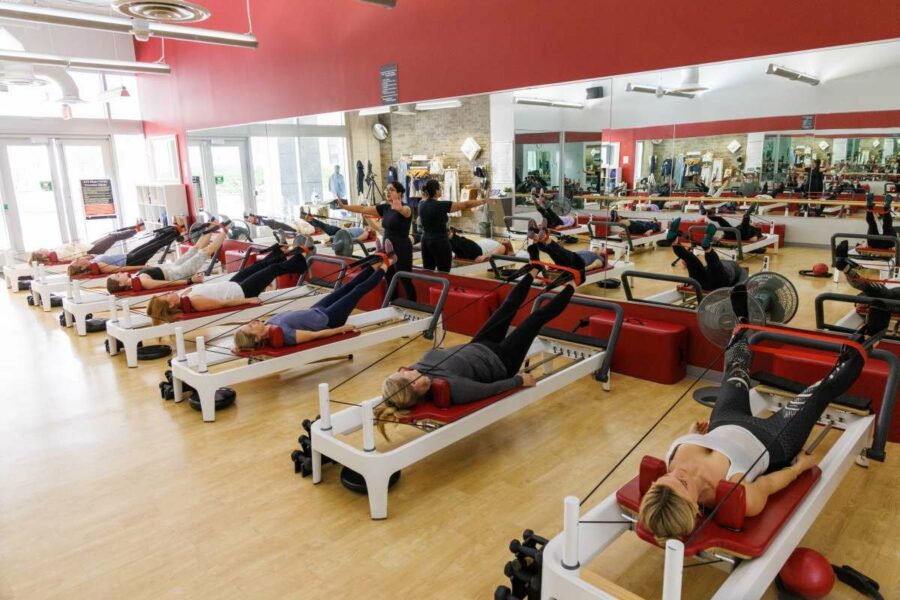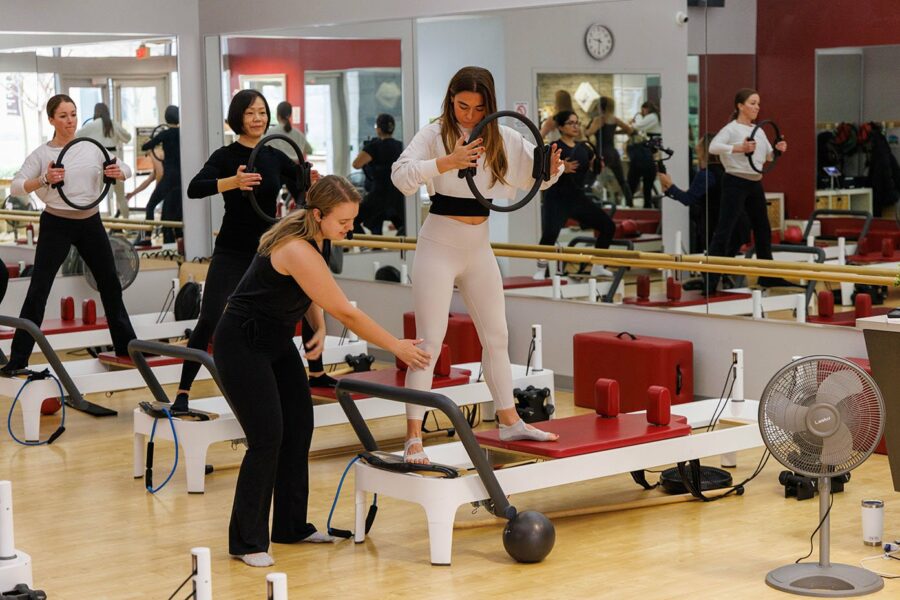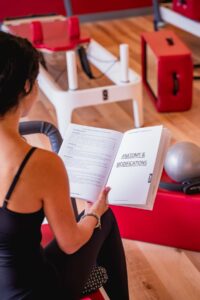 When most people suffer an injury or need physical therapy during recovery, they assume that all other forms of activity or exercise are off the table until they are fully healed. While it is true that in some cases, intense exercises such as running should be avoided.
When most people suffer an injury or need physical therapy during recovery, they assume that all other forms of activity or exercise are off the table until they are fully healed. While it is true that in some cases, intense exercises such as running should be avoided.
However, Reformer Pilates can be a powerful method of aiding in injury recovery or supplementing physical therapy with doctor approval.
Pilates focuses on whole-body support, and does more than just exercise your muscles in the moment. It can also set you up for long-term wellness, stability, and flexibility to reduce the chances of injury in the future.
Here’s how Reformer Pilates can supplement injury recovery and physical therapy.
Facilitates Fitness Without High Impact
Certainly, a big part of injury recovery involves rest. However, to regain proper movement in the joints surrounding the injury, most injuries should not typically be completely immobile for weeks or months at a time.
Pilates can get the body moving without exposing recovering joints to the strains of high impact. Always follow your doctor’s orders about how to recover post-injury, including engaging in (or avoiding) exercise.
But, if exercise and movement are part of your recovery plan, Pilates can facilitate a return to motion without the pain and additional issues of high-impact exercises.
Boosts Mental Recovery
Most people do not know that their mental state is often just as important as how they take care of their bodies when it comes to injury recovery. Studies show that when a person is mentally stressed and struggling to cope with negative thoughts, their wounds heal more slowly.
Pilates is a type of exercise that encourages special attention to the mental state of the participant, directing focus inward and providing encouragement and awareness. By moderating your mental wellbeing during recovery, you may even see your injury return to normal more quickly.
Pilates helps you stay in tune with your body, which can calm your worries and even help you pay better attention to your recovery as it progresses.
Stabilizes and Supports the Body
When an injury occurs, the body can become imbalanced. For instance, if you break a leg, the opposite side of the body often compensates, working harder. This can lead to the overworked muscles on the active side becoming larger than those on the injured side which may also be losing mass due to inactivity.
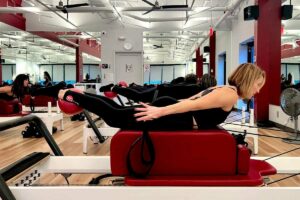 Pilates focuses on stabilization, ensuring all muscles are worked evenly so the body is properly supported. After injury, restoring this balance is essential to make sure you do not suffer future strains from muscular or flexibility imbalances.
Pilates focuses on stabilization, ensuring all muscles are worked evenly so the body is properly supported. After injury, restoring this balance is essential to make sure you do not suffer future strains from muscular or flexibility imbalances.
Practices Correct Movement
Speaking of evenness in muscular use, Pilates is also effective in training people how to move properly. It is common for people to walk with a gait that favors one side of the body, hold their head at unusual angles, and slouch while they work.
Pilates helps participants learn how to move correctly and in a way that supports the proper alignment of their bodies. This can help to avoid injuries in the future and raises bodily awareness, beneficial especially to those recovering from an injury or participating in physical therapy.
Provides Adjustable Resistance
One of the biggest issues facing people who are recovering from an injury is realizing that even simple exercises and tasks may still be too difficult. If they cannot make the basic task easier, how do they go from their weaker state back to strength? Pushing through can result in straining muscles or aggravating your injury.
Pilates addresses this issue with the reformer machine. Reformers work by curating resistance based on springs that can be freely adjusted between (or during) exercise sets.
For those recovering from an injury, adjusting those springs allows them to reduce the strain placed on their injury during an exercise, but it has the added benefit of active support.
The machine’s adjustable springs can support the participant’s movements, helping exercise to be achievable while they recover. This allows Pilates enthusiasts to gradually build their strength at a level of intensity that is appropriate for their injury.
Recover with Confidence in an RTR Pilates Class
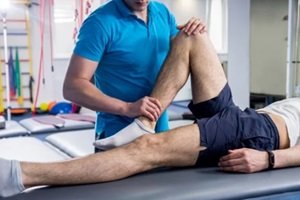 Most people assume they will take an extended break from fitness when they suffer an injury, but this can lead to joint stiffness and muscular imbalances. If approved by your doctor, consider working light exercise into your recovery regimen or as a supplement to physical therapy.
Most people assume they will take an extended break from fitness when they suffer an injury, but this can lead to joint stiffness and muscular imbalances. If approved by your doctor, consider working light exercise into your recovery regimen or as a supplement to physical therapy.
Pilates is an effective tool to aid in injury recovery without placing excessive strain on your recovering body. The expert instructors at RTR Pilates are always happy to help you find the right adjustments for the reformer to suit your specific needs and goals.
Contact RTR Pilates to sign up for a beginner class or ask questions about how Pilates fits into your recovery!

